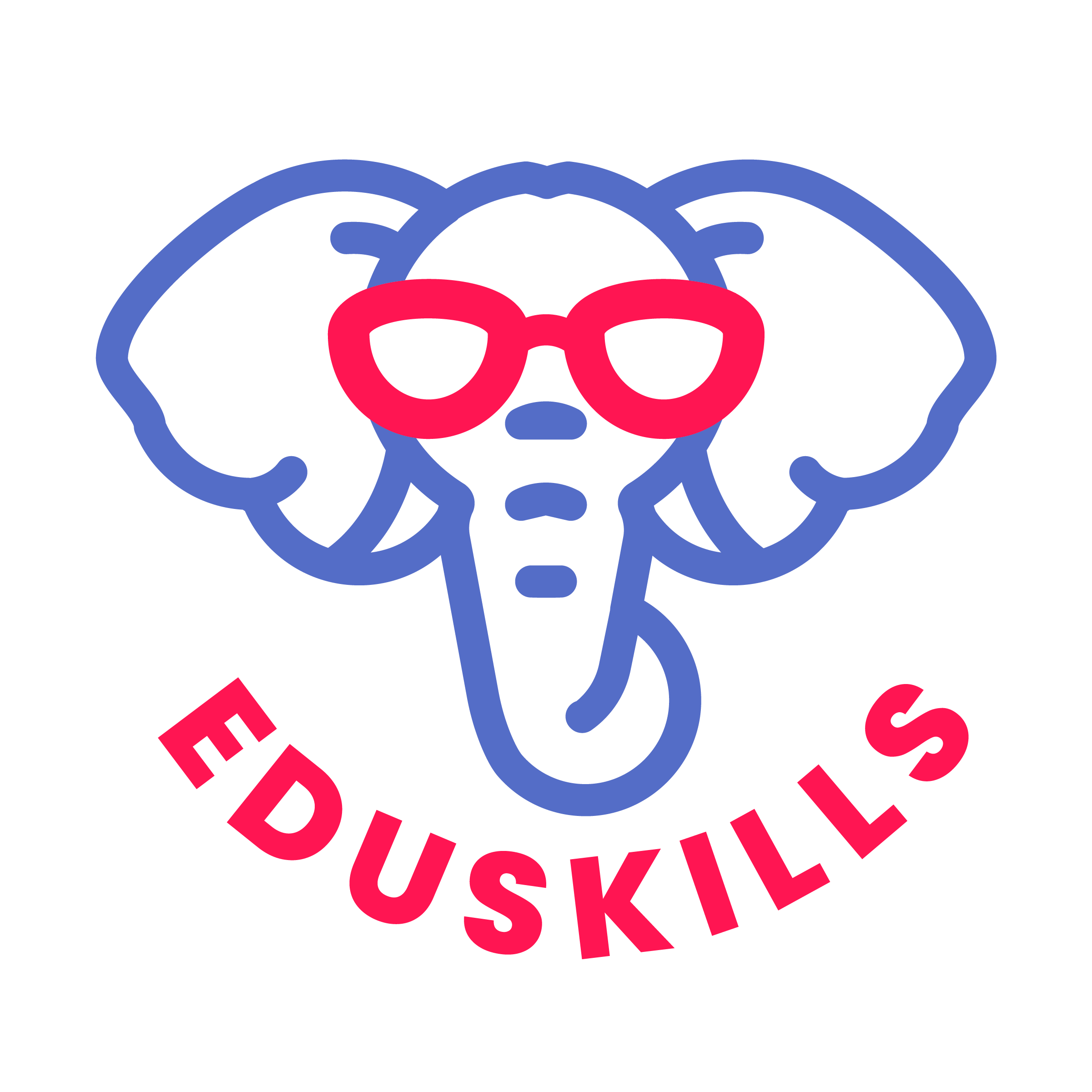As the school year finds its rhythm, collaboration becomes both the anchor and the energy that keeps classrooms moving forward. Amid evolving policies, new student needs, and the shifting realities of funding and resources, one truth remains clear: when educators work together, multilingual learners thrive.
At EduSkills, we believe collaboration isn’t an add-on; it’s the foundation. From classroom teachers and EL specialists to administrators and families, every conversation about multilingual learners has the potential to spark connection, reflection, and real instructional growth. This month, we’re highlighting a few tools and practices that help turn data into dialogue, and dialogue into impact.
Start with What You See: Turning Data into Dialogue
Data isn’t just numbers. It’s a story waiting to be understood. Too often, EL data sits in spreadsheets or reports, disconnected from the daily conversations that shape instruction. But when used well, it becomes a shared language, a bridge that connects teachers, specialists, parents, and administrators around a common goal.
EduSkills helps make that possible. Through clear dashboards, growth tracking, and instructional planning tools, educators can see patterns, identify next steps, and collaborate across departments with confidence.
When teachers begin team meetings or PLCs by looking at multilingual learner data together, they can ask:
- Where are we seeing growth? What’s helping it happen?
- Where are students plateauing? What support might shift that trend?
- How can we adjust instruction now, not months from now?
When data starts the conversation, collaboration becomes purposeful, and every teacher becomes part of the language development journey.
See the Classroom Through a Student’s Eyes
One of the most powerful collaboration tools doesn’t require technology at all—it requires time and perspective.
The Shadowing Guide, developed by ML Coach Sally Diaz, invites educators to literally walk a day in a multilingual learner’s shoes. By observing a student’s experience across multiple classes, teachers gain insight into what instruction feels like for that learner, considering things like the pace, the supports, the moments of connection or isolation.
Shadowing turns observation into empathy. It helps reveal:
- When and how students are engaged in speaking, reading, writing, and listening
- Where scaffolds are working, and where they’re missing
- How transitions, peer interactions, or unclear language expectations impact learning
When teams bring those reflections back into PLCs or coaching conversations, it sparks change. Educators can fine-tune routines, redesign scaffolds, and create classroom structures that make access and participation possible for every student.
Collaboration That Includes Every Learner
True collaboration means ensuring every learner’s needs are represented, which includes multilingual learners with disabilities.
WIDA recently launched a new resource hub, Supporting Multilingual Learners with Disabilities, which gathers research, frameworks, and tools to help educators design instruction that honors both language development and individualized support needs.
Highlights include:
- The Language & Disability Framework for reflective planning
- Universal Design for Learning (UDL) tools with language-focused considerations
- Collaboration guides for IEP teams, ELL specialists, and families
These resources are powerful conversation starters for cross-team meetings, helping educators design instruction that’s inclusive by design—not accommodation by exception.
Partnering with Families as Collaborative Allies
Parent-teacher conferences are another opportunity for connection, and often serve as one of the most powerful moments of the school year for multilingual families.
Colorin Colorado offers a thoughtful resource on how to make these meetings meaningful and accessible. Families are a vital part of every multilingual learner’s team. When educators communicate with intention and listen with curiosity, they strengthen trust, advocacy, and shared ownership of success.
Key takeaways include:
- Centering the conversation on strengths and growth, not just challenges.
- Using interpreters effectively to ensure clear, two-way communication.
- Inviting families to share what works for their child at home.
Collaboration as Care
Behind every successful multilingual program is a network of people who choose connection over isolation. Collaboration is more than a professional strategy. It’s an act of care. It reminds us that none of us teaches alone and that our students’ success depends on how we learn from one another.
As the fall semester unfolds, may this be the season of shared effort, where data becomes dialogue, reflection becomes action, and collaboration becomes the heartbeat of multilingual education.




